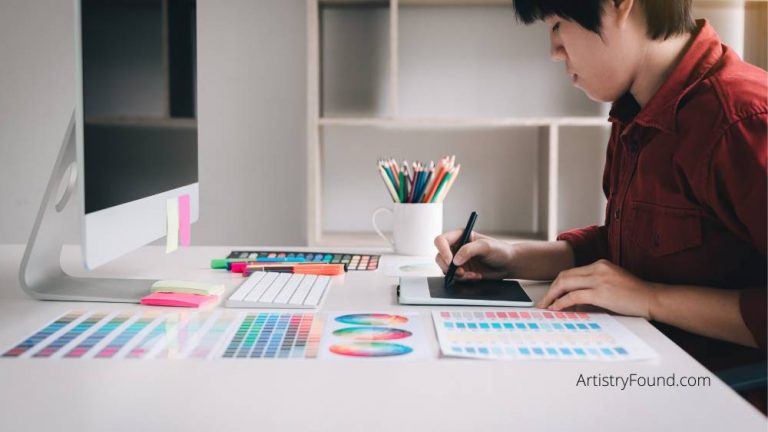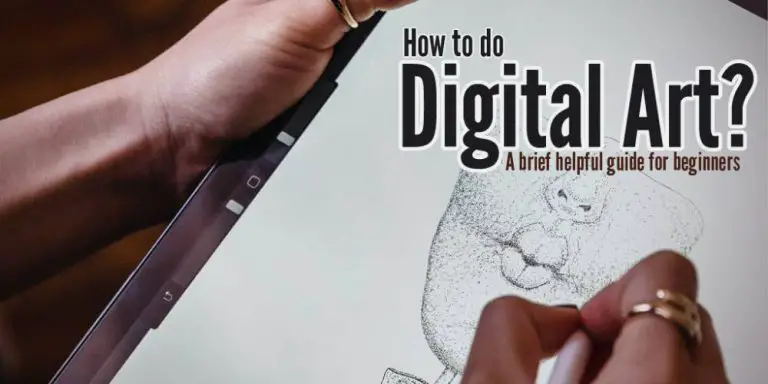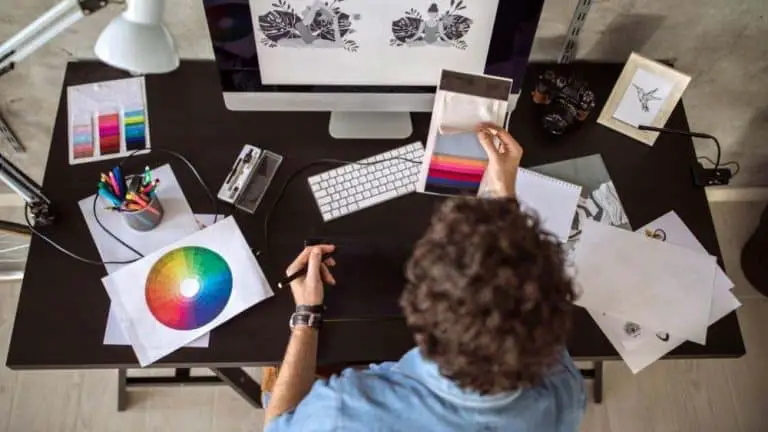Will Digital Art Replace Traditional Art? (Explained)
With many things going digital these days, it’s not surprising that digital art and the techniques to create it are becoming more popular. However, as more and more art is being produced and displayed digitally, you might begin to wonder what that means for traditional art? Will digital art replace traditional art?
Even though it is clear that digital art is on the rise, it will never completely replace traditional art. It is true that digital art is used today in many fields and creative processes, but the need for original and unique traditional art will never be entirely abandoned or replaced.
Keep reading to learn the difference between these two types of art, and why digital art will never fully replace traditional art and artists.
Why Traditional Art Cannot Be Replaced
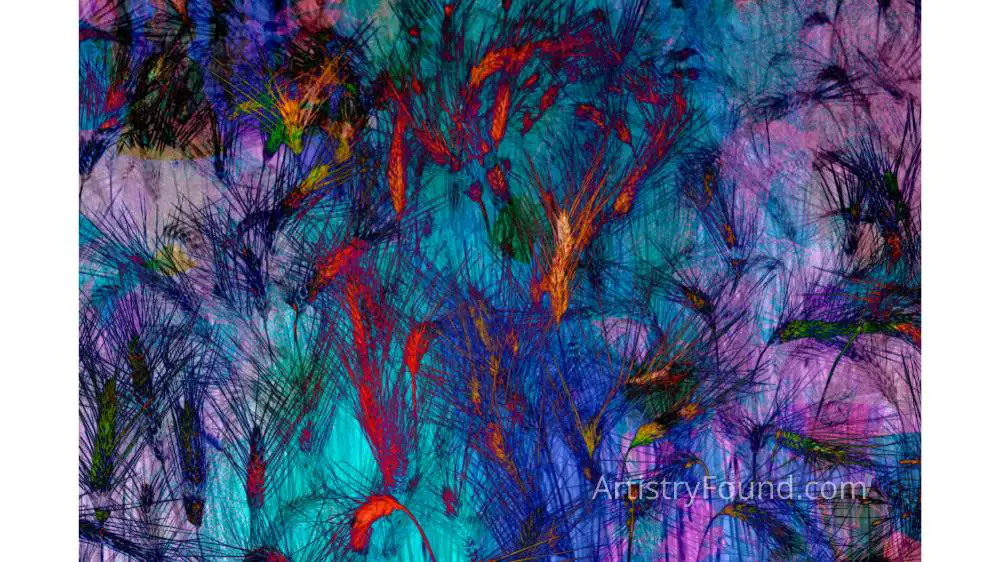
(This article may contain affiliate links and I may earn a commission if you make a purchase)
These days, the mass production of things is quite a common phenomenon. However, there is something people still appreciate greatly, and that is uniqueness. Unique, one-of-a-kind art cannot be produced in any other way than by the skilled hands of a traditional artist.
If a person wants to possess a piece of art with tremendous value, it will need to be original, authentic, and one-of-a-kind, which describes traditional art perfectly. A traditional artist can create something that can never be perfectly replicated. What the hand of a true artist can produce, simply cannot be depicted in the same way digitally.
What the imagination and the talent of a traditional artist can do is not the same as the pieces of artwork made using a digital tool. That isn’t to say that amazing and unique work can’t be created by a digital artist, but by its very nature, it will be easily reproduced and that reproduction will be an “exact copy” of the original.
Art created using digital technology is capable of incredible works. However, they are still not the same as those that are produced in the physical world by the hands of an artist who uses imperfect traditional paint, tools, and techniques.
In addition, the original work that is produced physically, cannot be copied and sold all over the world (reproductions can be made, of course, but they will not be exactly the same as the original). The art that is created traditionally will never look the same if it is later transferred or replicated via digital means.
That is why people who collect and value unique artwork will always opt for traditional art instead of digital artwork. The texture of paint on canvas is not the same as a piece of art on a screen, or digital display, therefore, these two cannot really be interchangeable. Owning an actual traditional painting and a reproduction print of the same painting is not the same thing.
Some people feel comfortable buying art market prints instead of real paintings since they do not feel the need to own the original. In other words, they choose something that will serve as a decoration and match their style. There’s nothing wrong with that, it’s both convenient and economical.
However, people who cherish art really appreciate having in their possession a singular piece of art, will likely always opt for a piece created through traditional means. In addition to the art itself, they value the story and history behind the artwork.
Furthermore, traditional art is expensive, meaning that not everyone has the ability to purchase original works, thereby creating a certain sense of exclusivity. There is a level of prestige behind owning a piece of original, traditional art. On the other hand, if you just want a decoration for a particular corner of your home, the average person would most likely opt for something less expensive.
If you truly appreciate the work of a traditional artist, you won’t mind the higher price tag. In fact, for some art buyers, the higher the price tag is the more they value the artwork.
For these reasons, traditional art will never be fully replaced by computer art, even if digital artwork is cheaper and more accessible to everyone.
Related: Is Digital Art Real Art…or Is it Cheating?
The Advantages Of Traditional Art
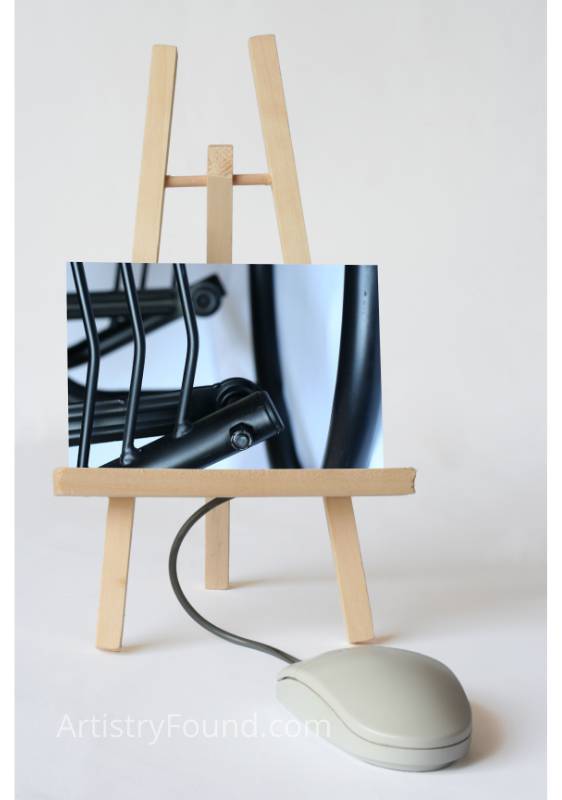
Now that we know that traditional art will never be fully replaced, it is important to discuss in detail the advantages of traditional art, i.e. the specific things that make this type of art irreplaceable.
The following features of traditional art are actually the basis of art in general, therefore, it is unimaginable that they will be replaced anytime soon.
Below, I will explain the advantages of traditional art and the reasons why the art world will never give it up.
Traditional Art Creates a Single Origin Piece Of Work
While in digital art it is quite easy to duplicate something, while traditional art is more difficult to recreate. When a conventional artist produces a piece of art on a canvas or other surface, it is almost impossible to precisely produce the specific item twice. This is because people naturally can’t do the exact same thing twice, even if they try.
This includes the original artist as well. Even if the same artist attempted to copy one of their previous artworks, it would be impossible. This is why traditional art is so important and unique. The traditional artist has the ability to produce a rare masterpiece only once, and everything that follows will never be exactly the same thing.
People who collect and value rare items and art are only interested in purchasing a piece that is ultimately unique and original. That is why traditional artists will always be greatly appreciated.
It’s Easier to Protect Copyrights of Traditional Art
Traditional art is harder to replicate, steal or use unlawfully. As such, it’s much easier to keep control over its copyrights. On the other hand, digital art is stolen on a daily basis, so for digital artists, protection of their rights is a really difficult and tricky task.
As digital art spreads all over the internet, it is just a matter of time until a digital artist’s work gets stolen and used for profit regardless of copyright ownership.
This means that digital artists do not have the ability to absolutely control the usage of their work. Since it is quite accessible, it is much easier for anyone to misappropriate their artwork.
The Disadvantages of Traditional Art
Traditional art also comes with some disadvantages when compared to digital art. However, even in the “cons” to traditional art, we find the seeds of its greatness.
Traditional Art Requires Focus In The Process
In creating digital art, every element you add to a work can be undone, changed, or reapplied with just a few clicks of a mouse. That is not the case when it comes to traditional art. Traditional art requires a great deal of preciseness and focus while working.
This is due to the fact that in traditional art mistakes are not so easily corrected. When a traditional artist adds a brushstroke to the canvas, it can be difficult if not impossible to change later.
So for instance, a painter might destroy an entire painting by a single mistake. In traditionally created art, the artist needs to have a clear plan of action before moving forward with a particular idea or technique. (When creating digital art an artist can use more of a trial and error approach and can back out their last several actions if they’re not happy with the results.)
This makes art created through traditional means more difficult, but that is also why it is more appreciated. Also, this means that traditional artwork takes more time, therefore, it needs to be rewarded in a greater way than digital art. This is one reason why the prices of traditional art can be so high.
The Need For Traditional Art Materials

Another downside to traditional art that ends up making it even more special is the art needs to be produced physically. In other words, the artist needs to obtain art materials (i.e. paints, brushes, clay, canvases, stone, etc.) in order to produce what they have imagined in their mind.
Sometimes, there is a need for more materials, while other times, less is better. How many materials are going to be used, depends on the artist and their idea of the artwork in question.
Often, the materials that the artist needs are very difficult to find. So if you see a complex piece of art that includes special elements, you should know that materials play a huge part in the creation. In addition, materials can be costly, so the artist will need a lot of resources.
Once again, however, this “downside” to traditional art is what makes it special. The need for physical art materials makes the piece of artwork more unique. The materials used are some of the very factors that distinguish the art and artist, and that is quite important in the world of traditional art.
Related: Why Artists, Designers, & Musicians Use Mac Computers (Explained)
Conclusion
Hopefully, you now have a clear idea of the differences between digital and traditional art and the reasons why the former cannot replace the latter. Although digital art is easily approachable and less expensive to create, it will never replace the rarity and uniqueness of a work of art created through traditional means.
More From Artistry Found
- Abstract Art: How To Tell When it’s Good (or Bad)
- Can An Artist Have Multiple Styles? (Explained)
- Applied Art vs Fine Art: What’s the Difference?
- Idealized Art (A World of Perfection)
- The Beginner’s Guide To Conceptual Art: What’s The Big Deal?
References:
- Wiktionary – Traditional Art
- Wikipedia – Digital Art

